At Environmental Defense Fund, we believe in the power of incentives to drive agricultural sustainability. That’s why we support emerging markets like California’s Central Valley Habitat Exchange and the state’s fledgling cap and trade market, which will soon allow rice growers to earn extra revenue.
Both markets reward farmers for improving the environment in specific ways.
The Central Valley Habitat Exchange, when it becomes operational, will allow farmers who create enhanced habitat for at-risk species to sell credits to businesses and agencies that need to meet conservation goals.


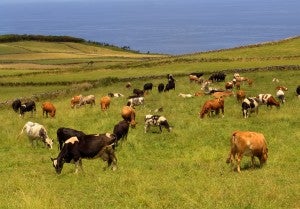
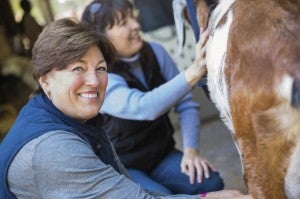 The U.S. Department of Agriculture just published an important roadmap for America’s farmers and ranchers to measure their greenhouse gas emissions and evaluate opportunities for reducing them.
The U.S. Department of Agriculture just published an important roadmap for America’s farmers and ranchers to measure their greenhouse gas emissions and evaluate opportunities for reducing them.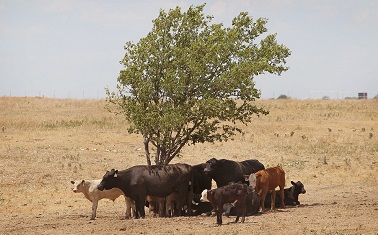
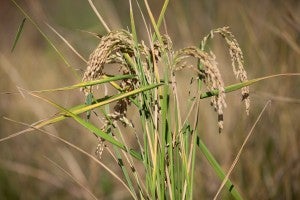 This September, a new crop will be made available to rice producers: carbon offsets.
This September, a new crop will be made available to rice producers: carbon offsets. Fertilizer use is key to increasing the productivity necessary for farms to feed rising populations. However, not using the right amount in the right place at the right time is one of the biggest threats to a stable climate. Nitrogen fertilizer not used by crops emits nitrous oxide, a heat-trapping gas 300 times more powerful than carbon dioxide. It also contaminates water supplies, causes algae blooms downstream and erodes soil health.
Fertilizer use is key to increasing the productivity necessary for farms to feed rising populations. However, not using the right amount in the right place at the right time is one of the biggest threats to a stable climate. Nitrogen fertilizer not used by crops emits nitrous oxide, a heat-trapping gas 300 times more powerful than carbon dioxide. It also contaminates water supplies, causes algae blooms downstream and erodes soil health.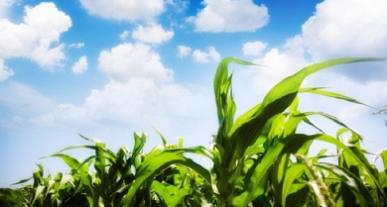
 There’s a growing excitement around spreading compost on rangelands to help fight climate change. Over the past four years we have learned that grazed rangelands are really good at pulling carbon out of the air and sequestering it in the soil below. And if you add compost just one time, you can capture carbon dioxide from the atmosphere for more than seven years. Plus, you’ll increase both the quality of the grasses and the ability of the soils to hold water. If we scaled this to just 5 % of California’s rangelands, we could capture approximately 28 million metric tons of carbon dioxide per year, which is about the same as the annual emissions from all the homes in California.
There’s a growing excitement around spreading compost on rangelands to help fight climate change. Over the past four years we have learned that grazed rangelands are really good at pulling carbon out of the air and sequestering it in the soil below. And if you add compost just one time, you can capture carbon dioxide from the atmosphere for more than seven years. Plus, you’ll increase both the quality of the grasses and the ability of the soils to hold water. If we scaled this to just 5 % of California’s rangelands, we could capture approximately 28 million metric tons of carbon dioxide per year, which is about the same as the annual emissions from all the homes in California.